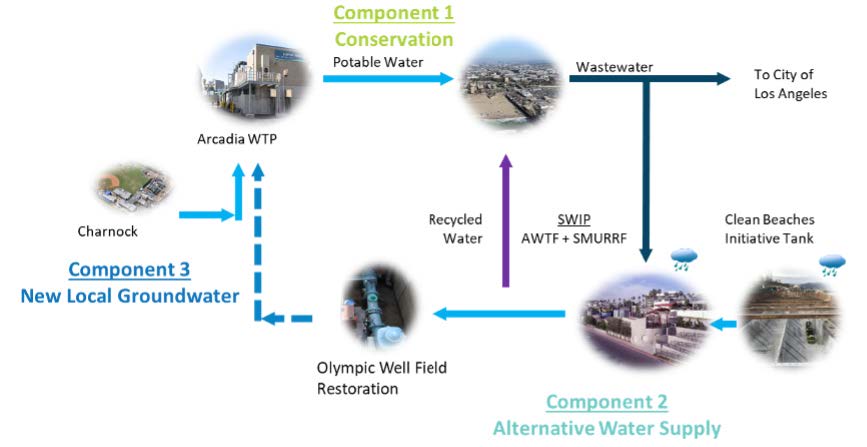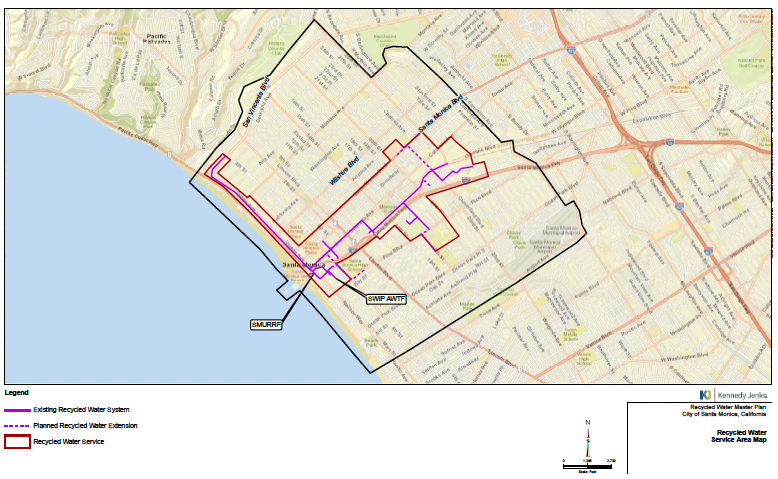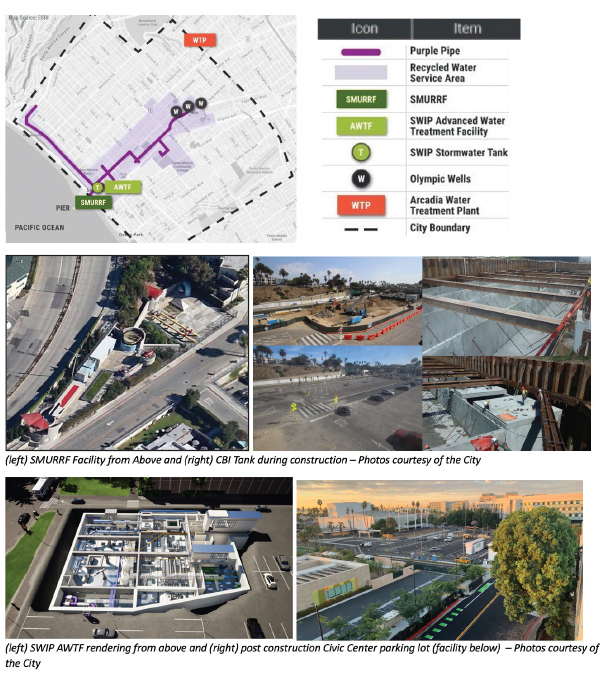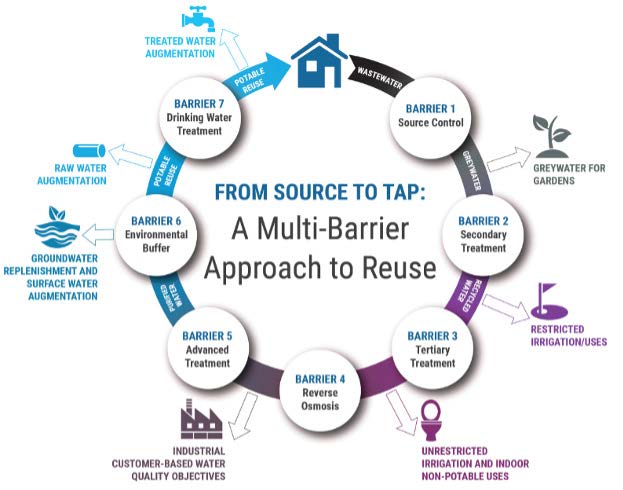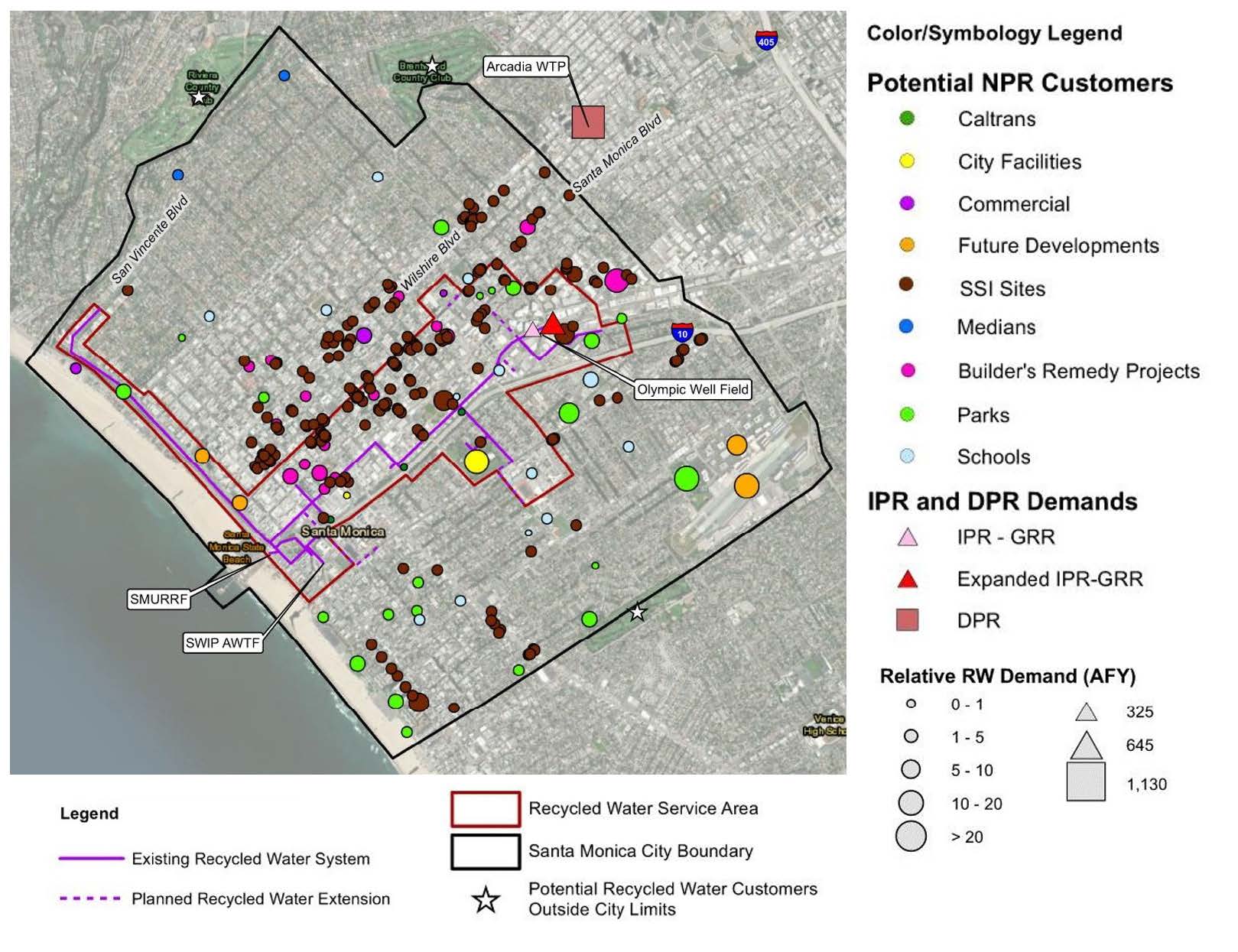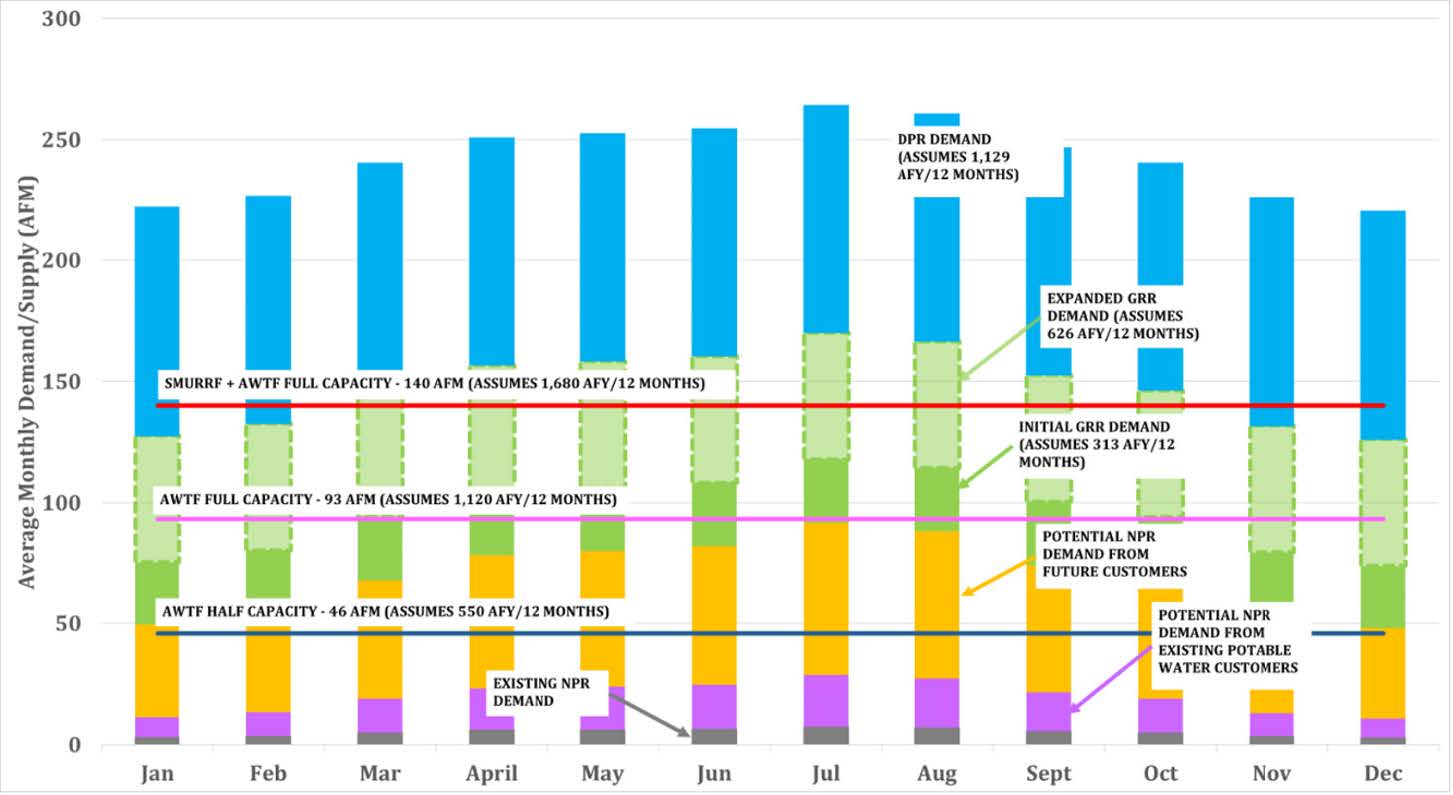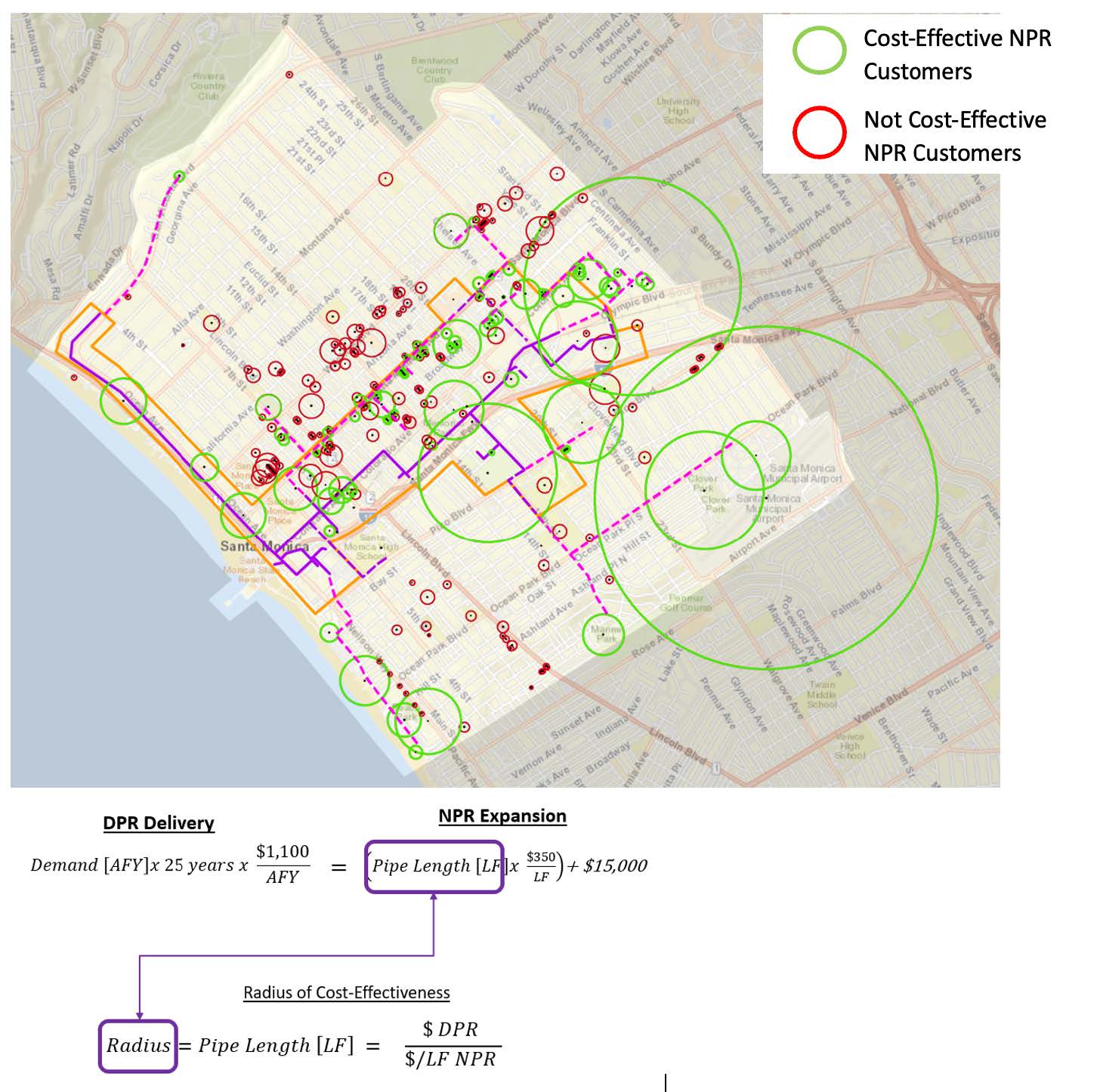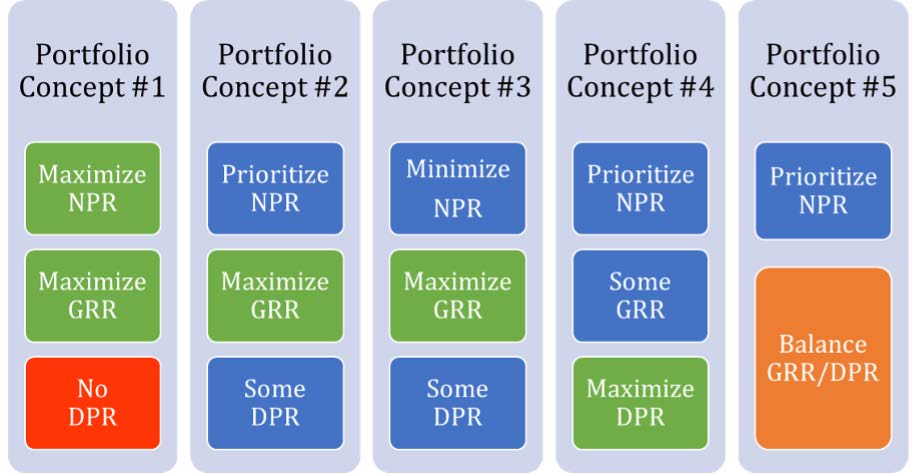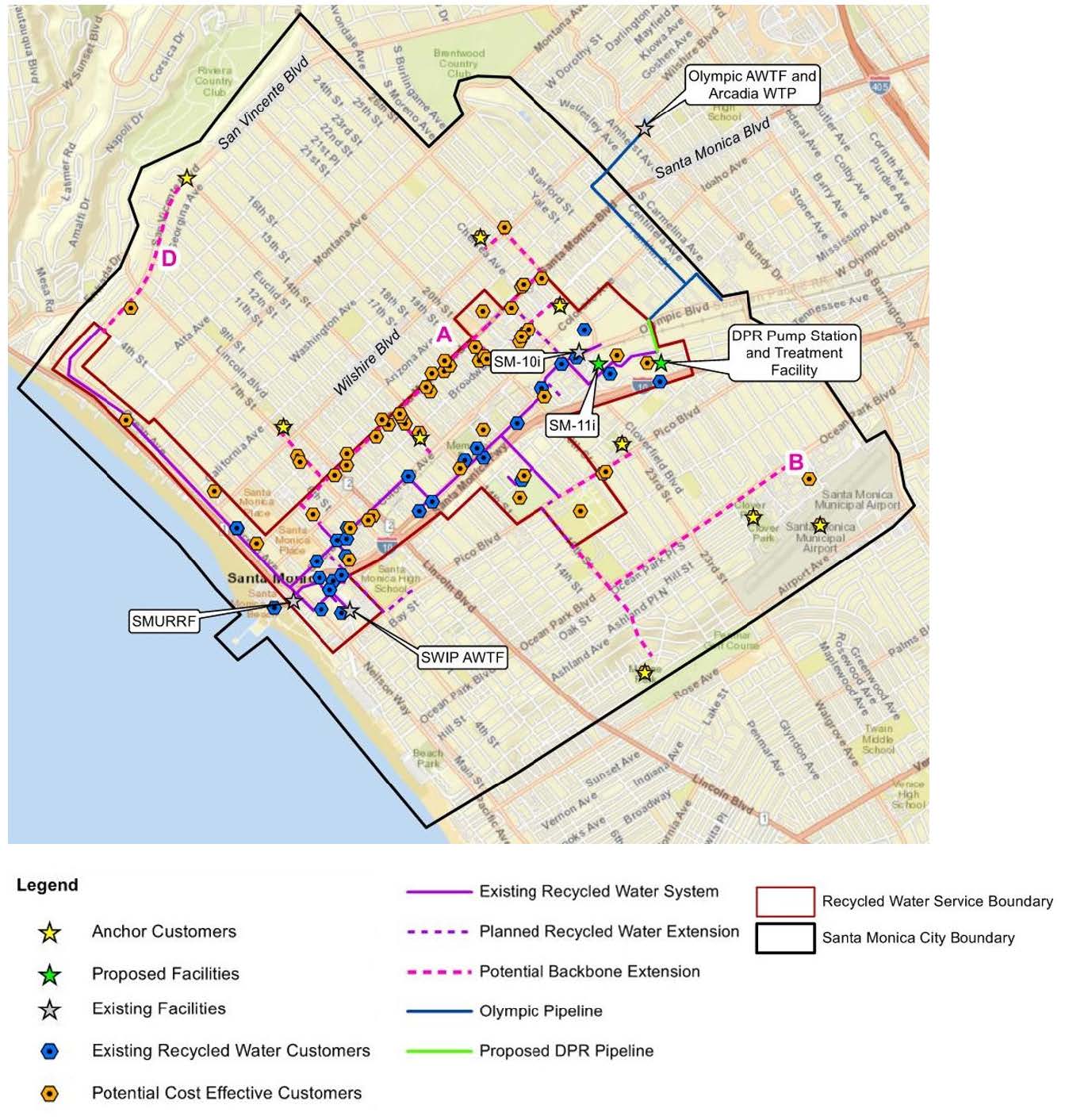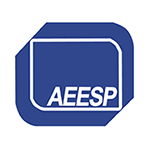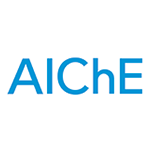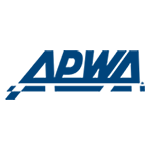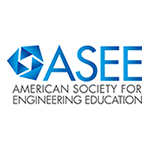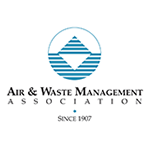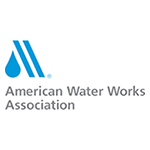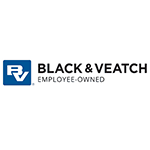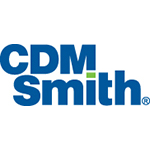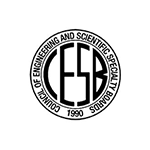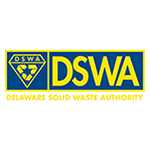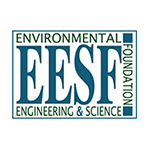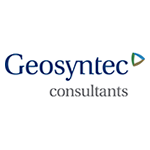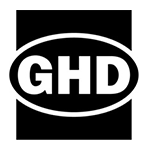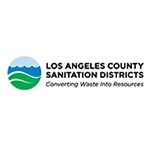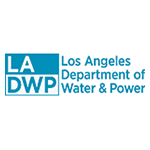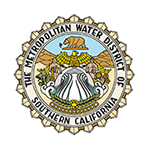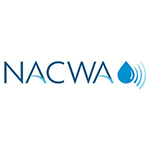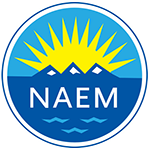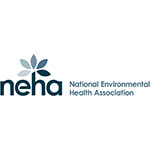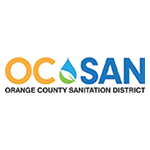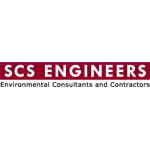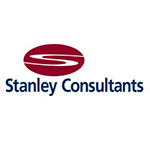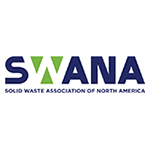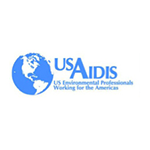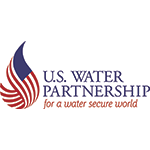- Home
- Contact Us
- AAEES Staff
- AAEES Board of Trustees
- American Academy of Environmental Engineers Certification Board
- American Academy of Environmental Scientists Certification Board
- AAEES Committees
- State and Regional Representatives
- Representatives to Other Organizations
- Previous Leadership
- Interactive Who's Who
- Student Chapters
- Tau Chi Alpha
- News & Events
- Awards
- AAEES Awards Criteria
- 40 Under 40 Recognition Program
- Edward J.Cleary Award
- Excellence in Environmental Engineering and Science Education
- Gordon Maskew Fair Award
- Honorary Member
- International Honorary Member
- Ralph and Joe Bales Graber Science Award
- Stanley E. Kappe Award
- Environmental Communications Awards Competition
- Excellence in Environmental Engineering and Science Competition
- The AAEES Chapter Blue Marble Award
- Publications
- Join
- Members
- Program Support
- Jobs
2024 Excellence in Environmental Engineering and Science™ Awards Competition WinnerGrand Prize - Planning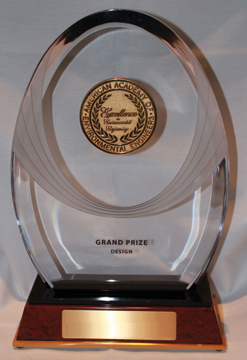
Santa Monica Recycled Water Master PlanEntrant: Kennedy Jenks Entrant Profile Founded in 1919, Kennedy Jenks (KJ) is an employee-owned corporation specializing in the planning, design and construction of water, wastewater, and recycled water infrastructure in the United States. A Proud History in Water RecyclingKJ has been committed to water recycling in California since wastewater was first recognized as a valuable renewable resource. We completed the first-ever water recycling facility at Golden Gate Park in the 1930s. Since then, we have completed well over 50 recycled water-related projects with a combined construction value of over $1B. Our services include all aspects of facilities planning and siting studies, predesign, final design, and construction support, including alternative project delivery. A Partnership with the City of Santa MonicaThe City of Santa Monica (City) is a community committed to protecting the environment and the Santa Monica Bay through achieving water self-sufficiency, maintaining high-quality drinking water, and investing in a resilient water supply system and infrastructure. KJ partnered with the City as the lead consultant on their Recycled Water Master Plan (RWMP) to support their goal to develop local, sustainable, and drought-resilient water supplies to reduce dependencies on imported Northern California and Colorado River water. KJ worked collaboratively with City staff to establish a road map for future recycled water expansion; building on more than a dozen recycled water planning studies the KJ project team developed in the past five years. Key team members include:
Project DescriptionIntegrated Approach to Close the Loop on the One Water CycleThe City’s 2018 Sustainable Water Master Plan (SWMP) outlined the City’s strategy to maximize local water resources to achieve long-term water self-sufficiency and drought resilience. The SWMP consists of three key components:
Water Reuse OpportunitiesThe expansion of recycled water use is a critical component in achieving the City’s goal of water self- sufficiency. Kenndy Jenks developed a Recycled Water Master Plan (RWMP) that builds on the projects implemented in the key SWMP and connects the dots between the City’s existing systems, facilities in construction and new facilities needed to reduce the City’s reliance on imported water supplies. The City’s recycled water supply is derived from two facilities:
These two facilities produce up to 1.5 million gallons per day of advanced treated recycled water for non- potable applications and indirect potable reuse through groundwater injection. The RWMP provides an integrated approach to guide the City’s future infrastructure investments to optimize recycled water supplies for:
An Original and Innovative Approach to a Complex Market AssessmentA recycled water market assessment was performed in two parts:
An NPR market assessment identified over 200 potential existing and future irrigation and dual- plumbed customer, which could offset approximately 840 AFY of imported supply with local recycled water. To further refine potential alternatives, an innovative Geographic Information System (GIS)-based radius of cost-effectiveness (RoCE) methodology was applied to identify NPR customers that could be cost-effectively served by recycled water. The RoCE utilized a mathematical and unbiased approach to compare the cost of distribution pipelines to deliver recycled water against the cost to deliver that same supply for DPR. For potable reuse, up to three new injection wells were identified to maximize GRR (940 AFY) in the Olympic Subbasin based on assumed injection rates and available groundwater capacity. Additional conveyance and treatment facilities were identified to deliver 1,130 AFY for DPR with a proposed strategy to meet the recently adopted DPR regulations. Based on the available supply (1,680 AFY) and potential demands (2,910 AFY), the City was found to be supply-limited throughout the year, meaning not all demands could be served. To prioritize beneficial reuse opportunities with the limited amount of supply, a portfolio approach was used to compare different combinations of NPR, GRR and DPR deliveries. Thirteen portfolio concepts were developed, and conceptual-level costs estimated. Each portfolio maximized or prioritized one or more category of reuse, which allowed for the comparison of costs and benefits across multiple combinations of projects. Selecting a Balanced Portfolio for Environmental, Social, and Economic AdvancementAfter multiple workshops with the City and community engagement with the City’s Commission on Sustainability, Environmental Justice, and the Environment, a preferred, balanced portfolio was selected to define a program that can be delivered by the City, embraced by City leadership, and supported by the community. The preferred portfolio best balances the need to meet the objectives of the City’s Recycled Water Ordinance through NPR, support the GRR project currently in design and construction, and provide an opportunity for the City to be a leader in the implementation of DPR in California. An economic analysis was conducted for the preferred portfolio to assess potential pricing policies and analyze rate impacts for customers. By embracing the One Water concept, the City embraces the concept that recycled water provides a local, sustainable, and resilient addition to diversify the City’s water supply portfolio. A hydraulic model was created to analyze diurnal and maximum demand scenarios for the preferred portfolio. The model will serve as a valuable tool for the City to optimize the conveyance system as the recycled water system expands and implement demand management strategies to maintain level of service to customers. The RWMP also explored the potential for the City to receive recycle water from the West Basin Municipal Water District and the City of Los Angeles to further expand local reuse. Finding a mutually beneficial regional project could benefit from economies of scale and contribute to greater independence from imported supplies in Los Angeles County. The City is committed to future conversations and consideration of potential agreements to further explore the mutual benefits of an inter-agency program. QualityA collaborative approach with the City was used to develop the RWMP to ensure a quality road map for recycled water expansion serving multiple beneficial uses. A step-by-step transparent process was applied to justify the City’s approach to expand reuse and meet their sustainability goals. The Santa Monica Project Manager validated the quality of the document, noting that of the four master planning documents developed since 2022 in support of the SWMP, the RWMP was the best planning report the City had received by far. Click images to enlarge in separate window. Click here to return to the list of 2024 winners. |


